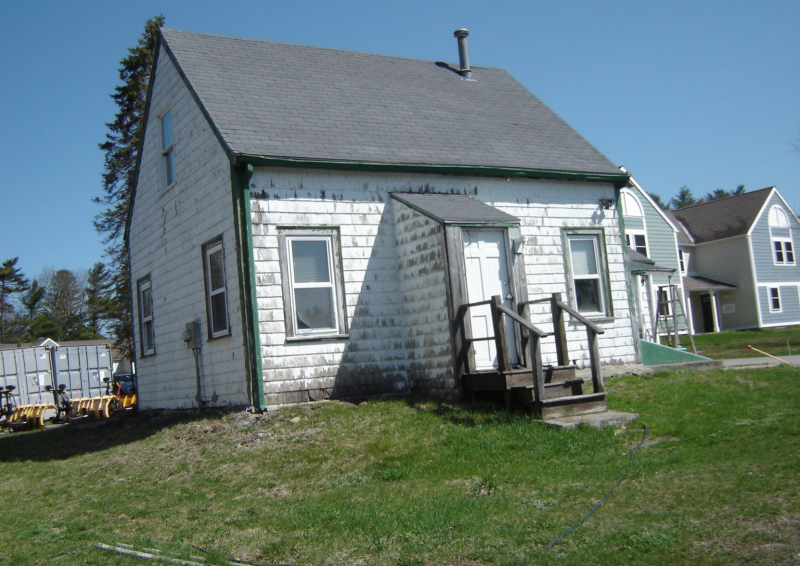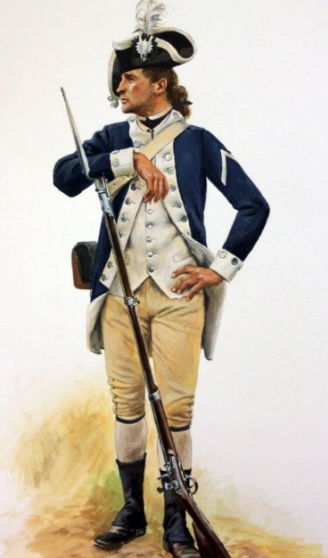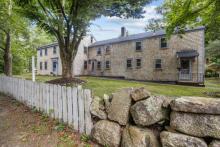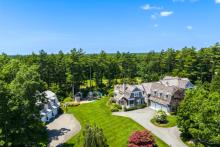Historical Commission looks to designate Weaver House
Little is known about Joseph Weaver, other than that he was a private in the Revolutionary War and that his Dartmouth home still sits on the university campus.
The Dartmouth Historical & Arts Society President Bob Harding detailed his research into Weaver's life at the society's July 9 meeting, adding that Weaver's house — located on the University of Massachusetts Dartmouth campus, near Cedar Pond — should be marked as "historically significant."
"It's one of the historical houses that's left in Dartmouth. We want to preserve the history," said Harding, who is also a member of the town's Historical Commission. He said the commission will discuss putting a plaque up to mark the home with university officials.
Weaver was born on January 29, 1758 in Troy, which is known as Fall River today. In 1776, at 18 years old, he enlisted with the American army, and was drafted and discharged multiple times up through 1778.
While Weaver was posted around Tiverton and Newport, his most notable contribution was guarding the shores of the Acushnet River under the command of Captain George Hoskins, Harding said.
In 1778, Weaver was guarding Mishaum — located between the Acushnet River, formerly named the New Bedford River, and Slocum's River — when 4,000 British soldiers set fire to New Bedford’s shipping and supply companies.
In a testimony to apply for a $40 pension for his service, Weaver retold how three men were found shot and lying in the street while after British troops attacked the city on September 5 and 6.
Harding explained how Americans regularly damaged British boats and products destined for Europe, and wounded British soldiers. British reinforcements were sent, but were too late. The British had already been besieged in Newport.
The troops avenged the loss by setting flames to New Bedford. They also targeted Fairhaven, but the "Fairhaven boys knew they were coming," said Harding, explaining that the adjacent town had monitored the attack from across the harbor.
Weaver married Sarah Bryant in 1788, and bought 20 acres in Dartmouth for 18 pounds that same year. The couple jumped to Westport, and later to New York, before settling at the Weaver House by 1798. Between 1788 and 1802, the couple raised six children.
Prior to the Weaver family, the Barkers had lived in the house. The 50-acre exchange between the two families cost Weaver $1,000. Following the Weaver family, the Soares, Rogers, Robert, and Szala families resided in the home, Harding said.
As a boy, Harding himself visited the home several times in the late 1940s when the home was part of his paper route.
"Better than a tip, [Mr. Szala] would give me a piece of dark, Polish bread with peanut butter," he recalled. The Szalas brought up 12 children in the home, said Harding.














